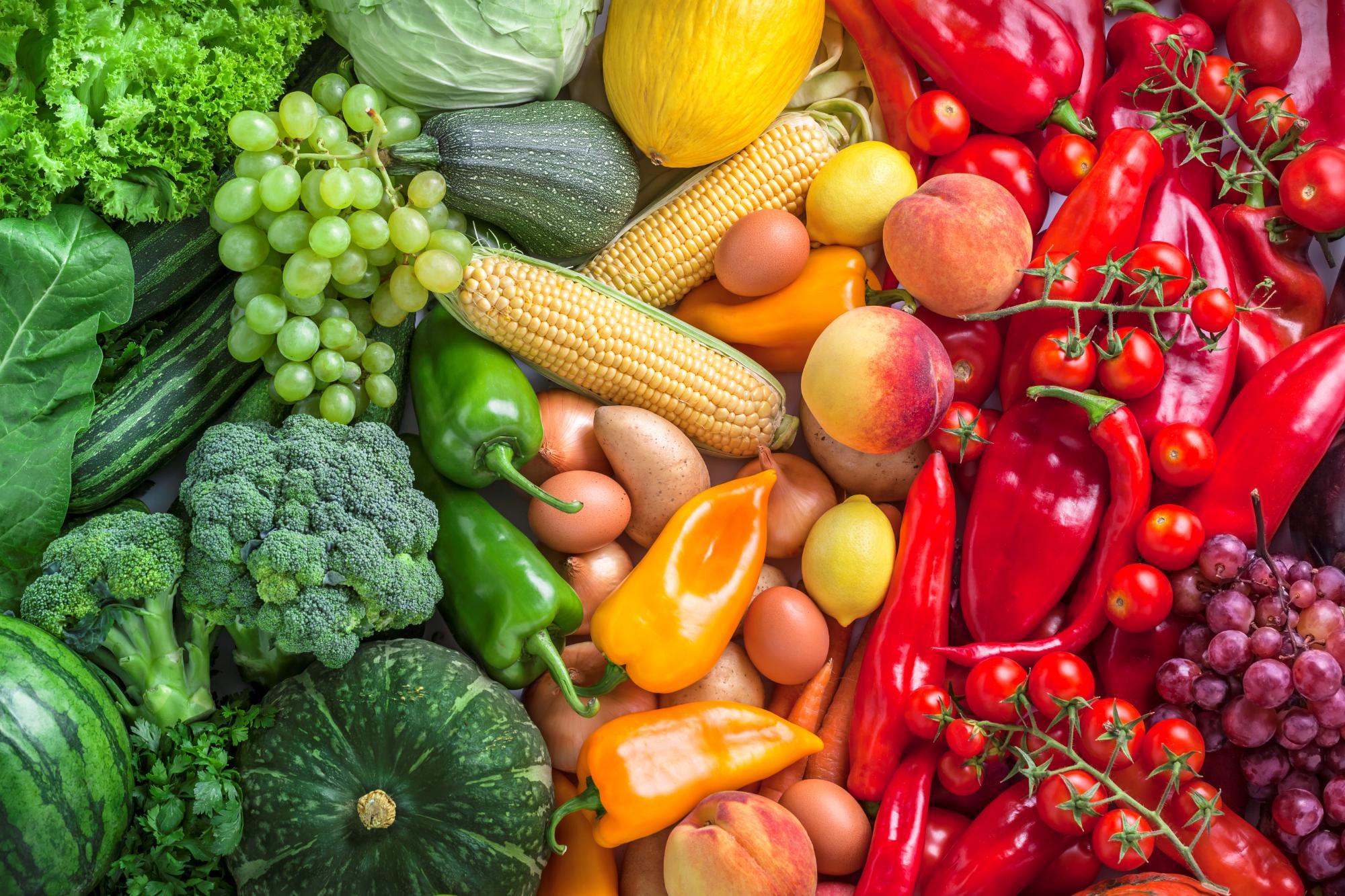
How to Feed Your Kids More Colorful Foods
It can be tough to know if your child is eating enough of the nutrients they need to grow big and strong. Your days are busy, and paying attention to the vitamins and minerals in your child’s food is a daunting task.
But don’t worry - there is a simple way that you can get your child eating all of those important nutrients. It’s called eating the rainbow. This saying (not referring to the popular Halloween candy, unfortunately) prompts me to make sure my family is eating a colorful diet. The colors of fruits and vegetables are sources of powerful antioxidants, vitamins and phytonutrients (a name to describe thousands of different chemicals that studies have shown to reduce the risk of many chronic diseases). Each color represents different phytonutrients that the fruit or vegetable contains.
It’s as simple as our own childhood teachings (the more color your plate contains, the more likely your meal is nutrient-rich and healthy)! Let’s take a look at a few important food colors and what nutrients they contain:
Strawberries, tomatoes, raspberries, watermelon, apples, red peppers, and red onion are examples of red foods that contain flavonoids, lycopene, folate, and vitamin C. They support a healthy heart and can help improve your child’s memory and brain function. These nutrients have also been shown to help prevent our bodies from chronic diseases such as cancer.
Carrots, mangos, apricots, cantaloupe, pumpkin, squash, sweet potatoes, oranges and peaches are examples of orange foods that contain lots of vitamin C, which will help improve your child’s immune system. Orange foods are also full of vitamin A and beta-carotene, which helps our vision.
Lemon, bananas, corn, squash, peppers, and pineapple are examples of yellow foods full of antioxidants to fight off dangerous free radicals that can damage cells. They’ve also been shown to improve immunity and heart health.
Broccoli, spinach, lettuce, kale, grapes, kiwi, asparagus, cucumbers, green beans, peas, green peppers, and honeydew are examples of green foods that contains fiber, lutein, calcium, folate, vitamin C, and beta-carotene. Lucky for your little one, these nutrients will help almost every bodily function. From strong nails, to improved vision, to keeping the common cold away - the greener your child’s diet, the better!
Grapes, blueberries, eggplant, blackberries, plums, and prunes are blue and purple foods that contain anthocyanin, which will help your child’s memory along with promote healthy aging (which they’ll appreciate more in the future).
Red:
Orange:
Yellow:
Green:
Blues / Purples:
Next Steps:
Sometimes it’s a struggle to get your child to eat enough fruits and vegetables throughout the day. Here are some tips that will get kids to not only reach their recommended daily serving of fruits and vegetables, but help them eat the whole rainbow, as well!- Put at least one produce item of each color on the shopping list every week.
- Buy what's in season to enjoy peak flavor and lower prices.
- Rinse fresh fruits and veggies as soon as you get home, so they're ready for kids to grab and eat. Store them within reach.
- Serve a weekly rainbow dinner with every color represented at one meal.
- Put a rainbow of foods in their lunch box. They'll love showing it off to their friends!
- Try to fill half the plate with colorful fruits or vegetables at every meal.
- Serve a variety of colorful, fresh fruits for dessert.
- Serve fruits and vegetables in fun designs or sculptures to make them more appealing to your child.
- Stock up on canned and frozen fruits and vegetables, so if you run out of the fresh ones, you have a nutritious backup plan.
- Get your kids involved! Teach them about eating the rainbow and allow them to pick their own colorful fruits and vegetables.
- Let your child keep a diary to mark what colors they have eaten each day.
- Load up on vegetables when making or buying pizza, salad, and sandwiches.
- Choose a variety of colored fruits and vegetables when making smoothies.
Would you like to be the first to hear about our new products and more? Sign up for our Nature’s Path Newsletter.

